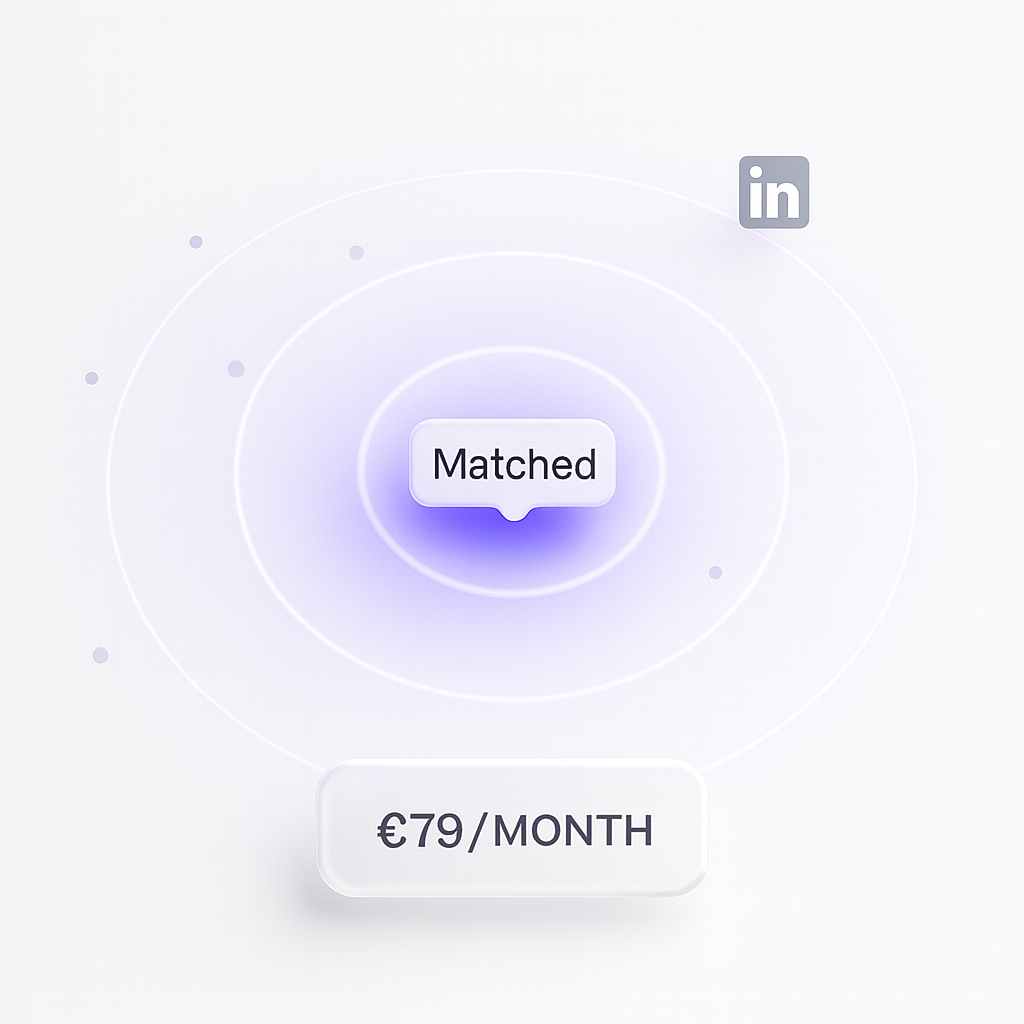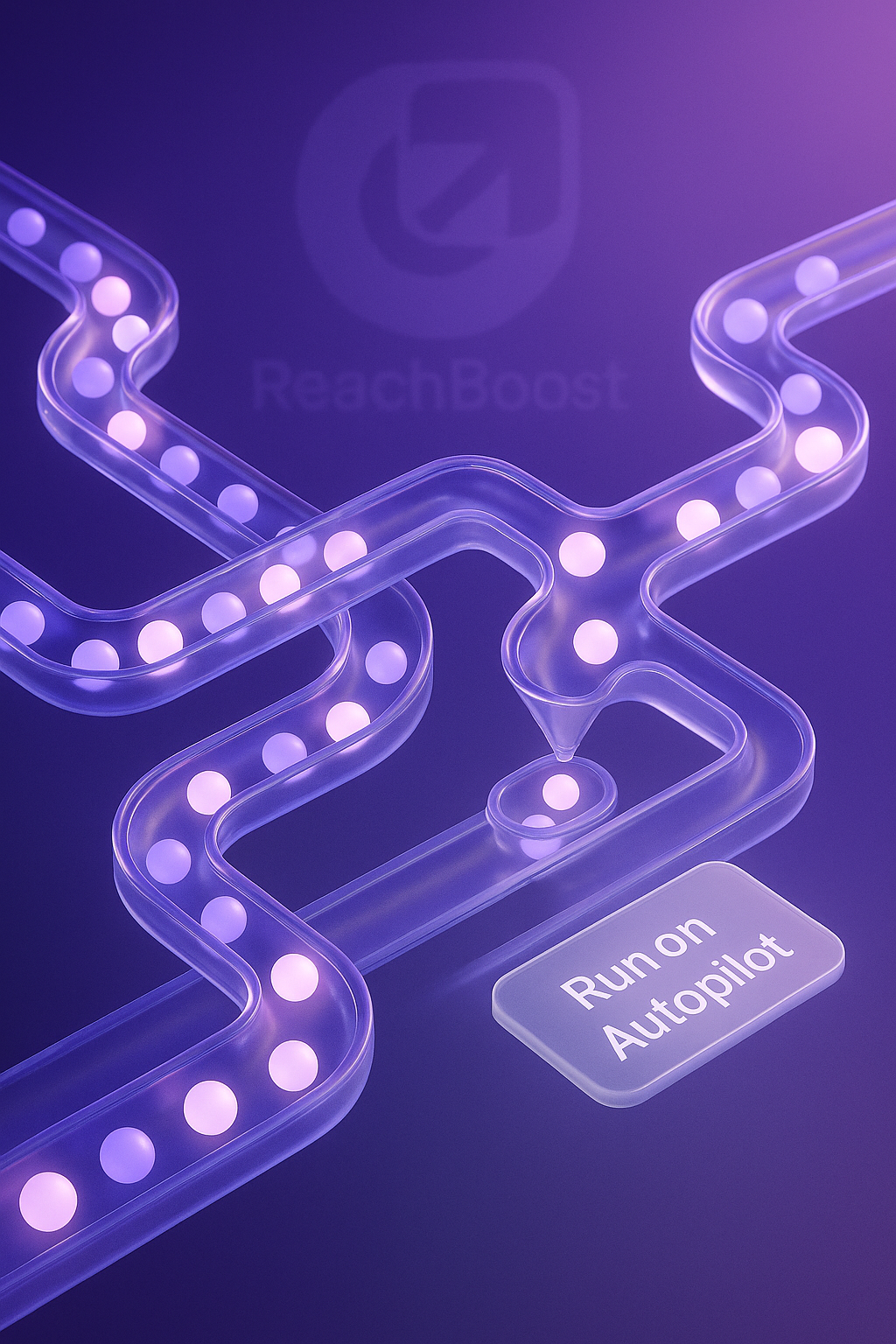Book a demo now and claim your free 1:1 campaign setup! 

LinkedIn remains the leading platform for B2B networking and lead generation. Yet many professionals approach outreach the wrong way, too aggressive, too generic, or simply ineffective.
In this blog, you’ll learn the complete LinkedIn outreach strategy you need to build meaningful relationships and boost conversions.
LinkedIn offers a unique combination of business context and direct access to decision-makers. With a strong profile and strategic messaging, you can:
Build trust before making a pitch
Show social proof through shared connections and endorsements
Create instant relevance through common interests or industries
A well-crafted LinkedIn outreach strategy makes cold prospects warm before you even hit send.

Your profile is a powerful first impression
It showcases your role, experience, network, and content.
Higher acceptance rates
Personalized connection requests are far more likely to be accepted than generic ones.
Organic engagement before the pitch
You can warm up a prospect by engaging with their content first.
Automated but personalized follow-ups
Tools like ReachBoost allow for structured, non-spammy follow-up sequences.
Daily activity limits
Especially with free accounts, there are limits on messages and connection requests.
Platform dependency
Your strategy is subject to LinkedIn’s rules, algorithms, and potential restrictions.
Inconsistent engagement
Some prospects may be inactive or slow to respond.

Use a professional profile picture. Write a clear, value-driven headline. Showcase results and expertise in your summary. Post relevant, valuable content regularly.
Mention a shared connection, event, or recent post. Keep it short, sincere, and avoid templates. Give a clear reason to connect.
Like or comment on recent content by the prospect. Wait 1 to 2 days before sending a message. Start with a value-focused, non-pushy DM.
Begin with a connection request, followed by a personal message. Then like or comment on their content. Follow up with extra value, and repeat the interaction or send a reminder if necessary.
Use automation tools like ReachBoost to manage this sequence while keeping the human touch intact.
Only automate after engaging manually. Use conditions like “send follow-up only if accepted and no reply.” Keep tone and timing human and authentic.

Base your improvements on data. Key metrics to monitor:
Connection acceptance rate
Response rate on messages
Number of booked meetings or calls
Conversion from contact to client
Test different openers, formats, and timing to improve continuously.